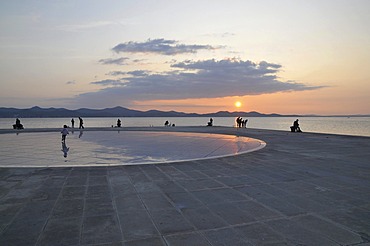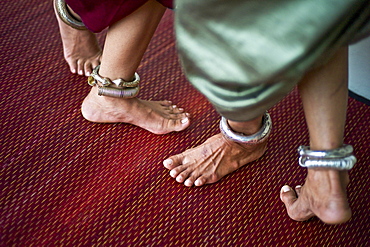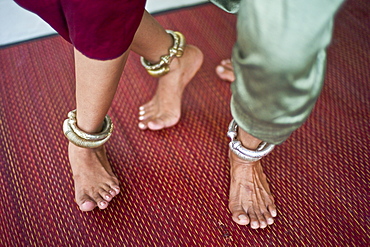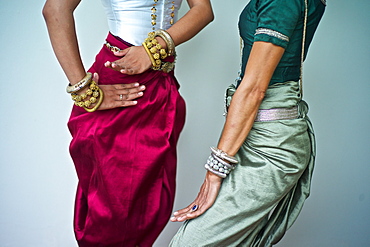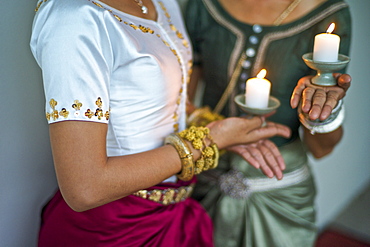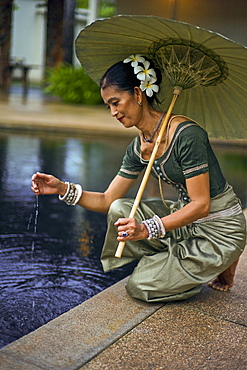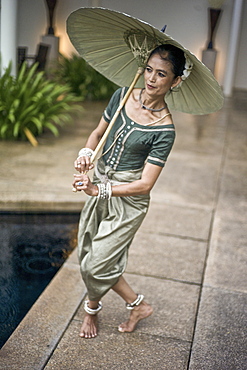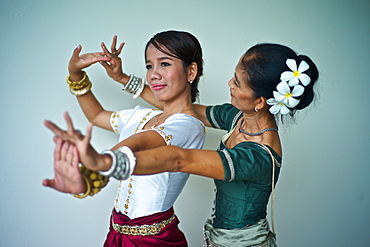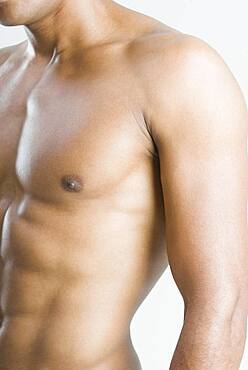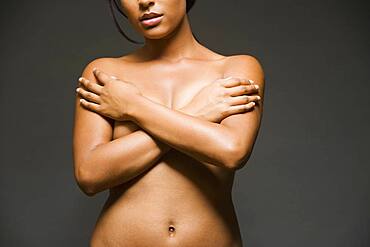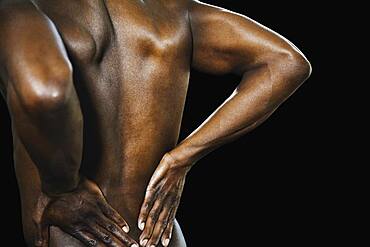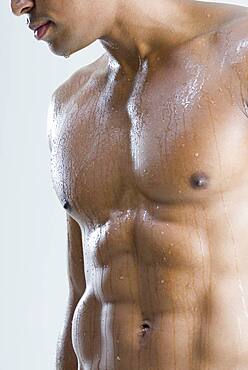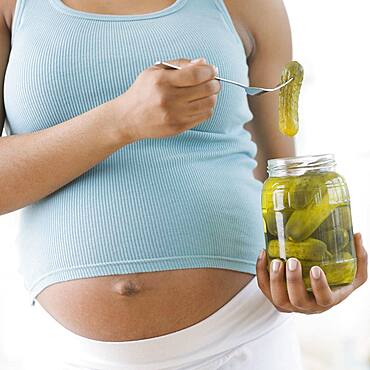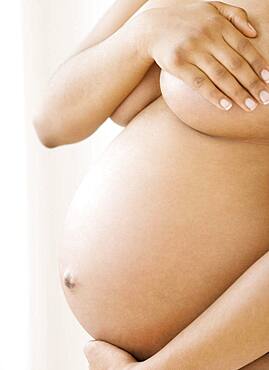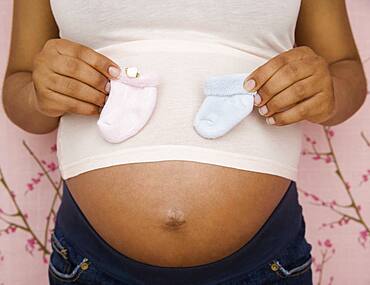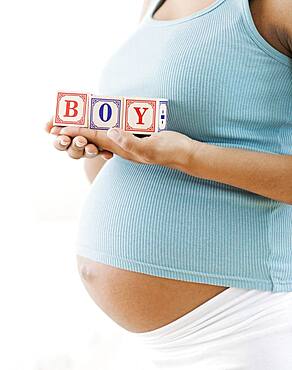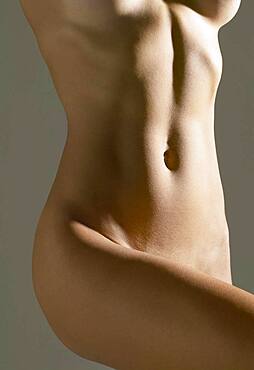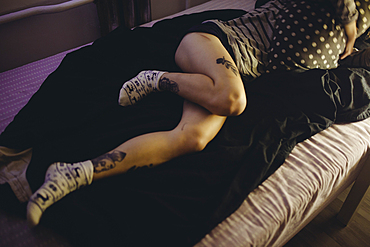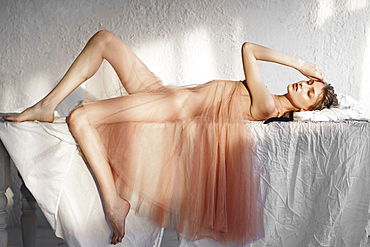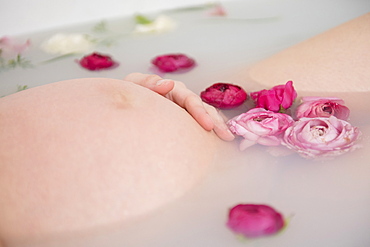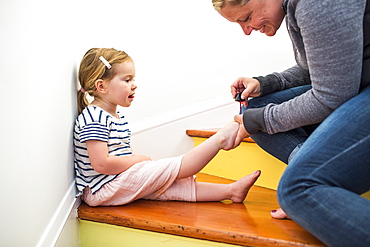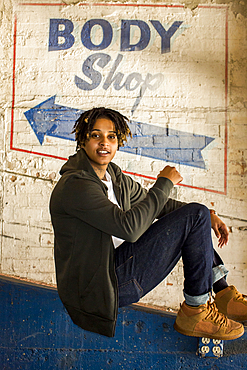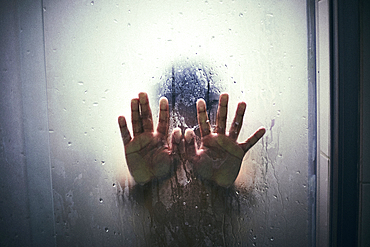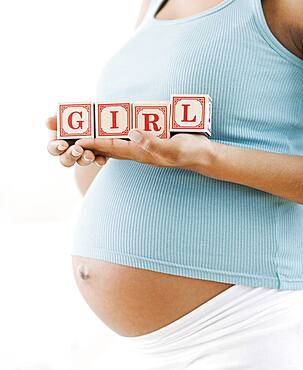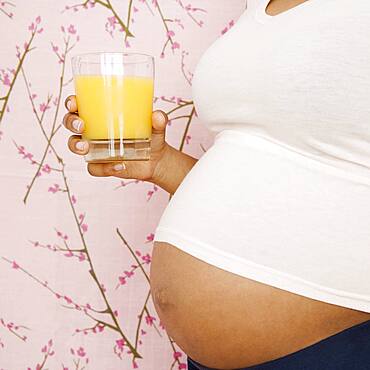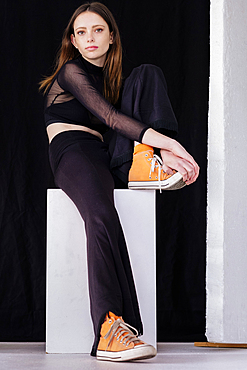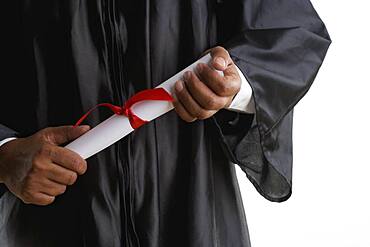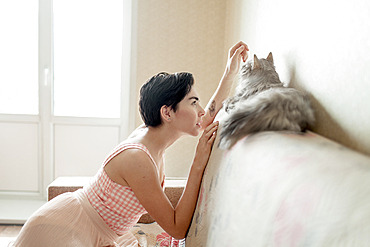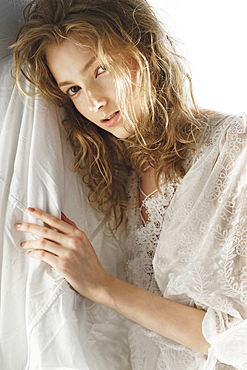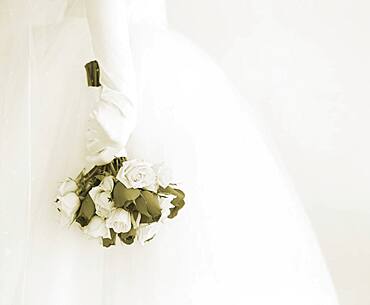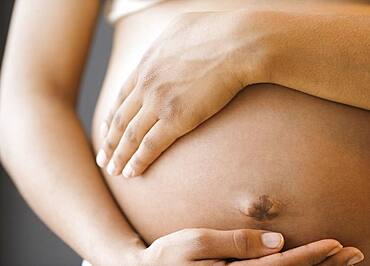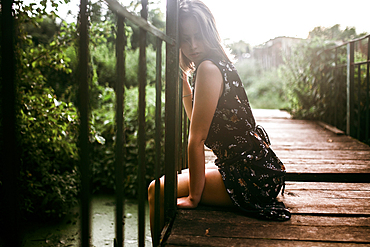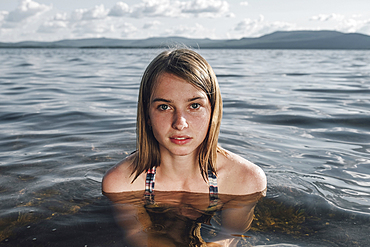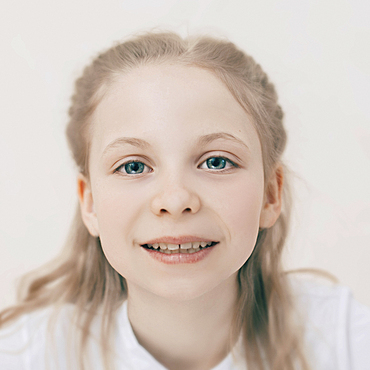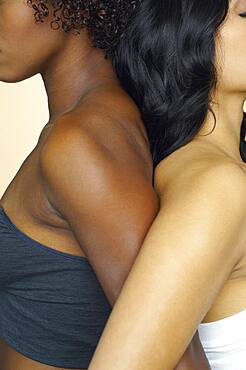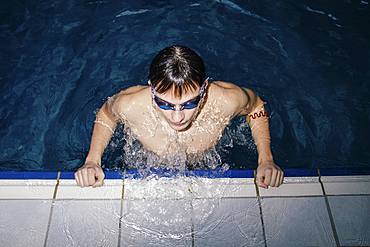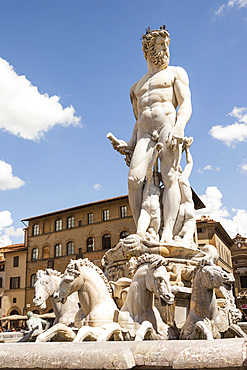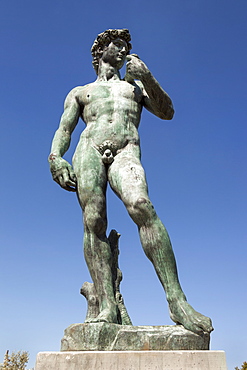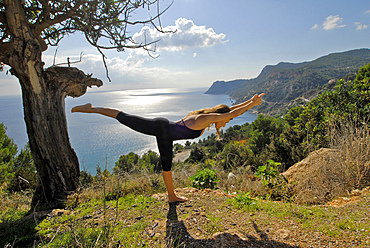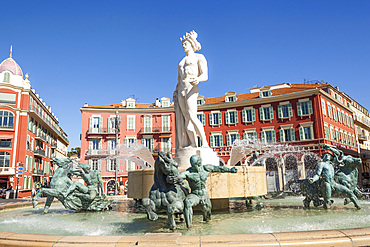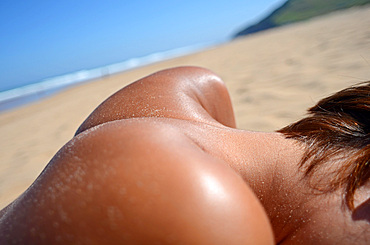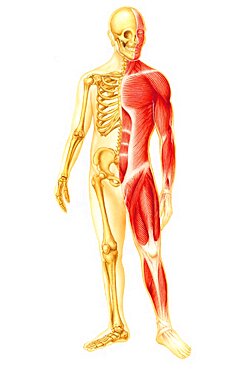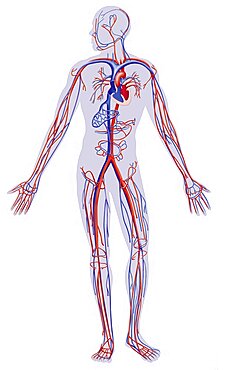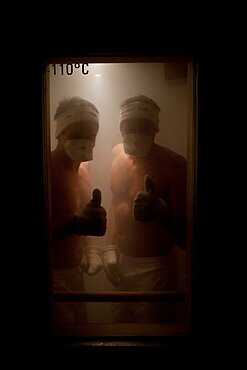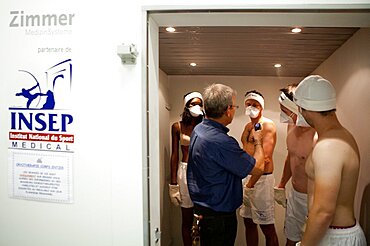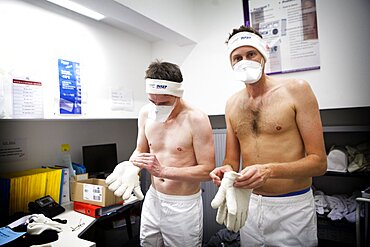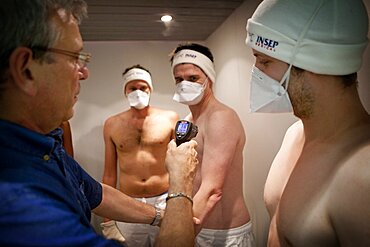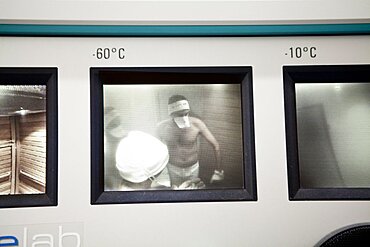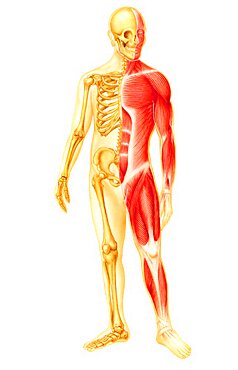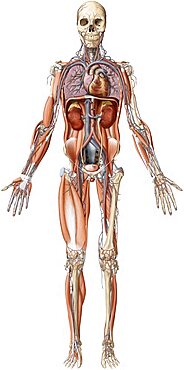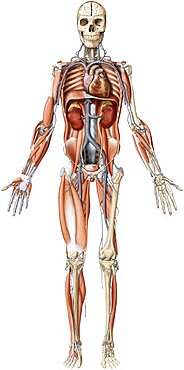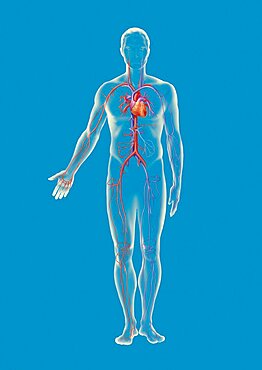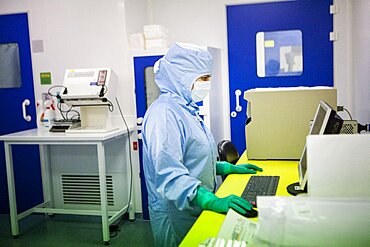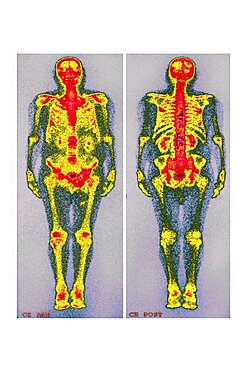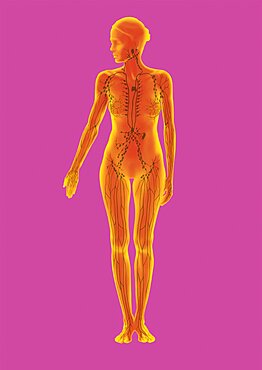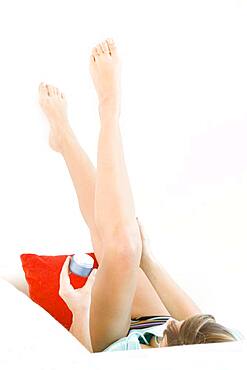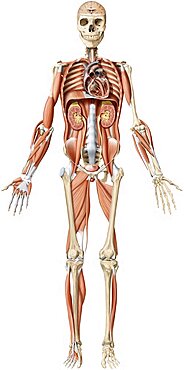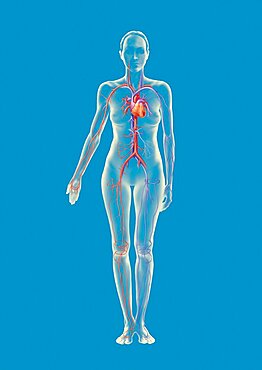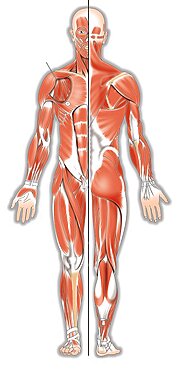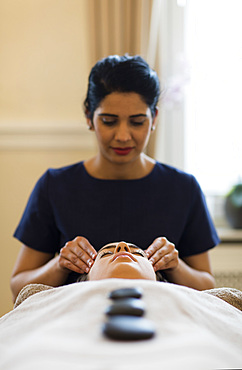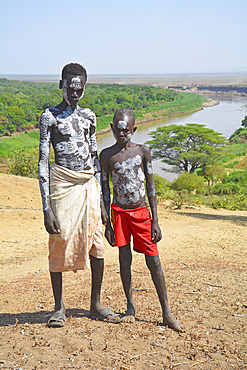Results
5 results found
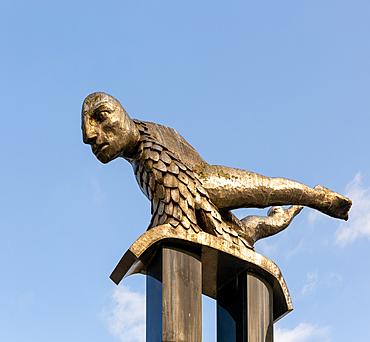
El Sireno (The Merman) sculpture, by Francisco Leiro 1991, Praza Porto do Sol, city centre of Vigo, Galicia, Spain, Europe
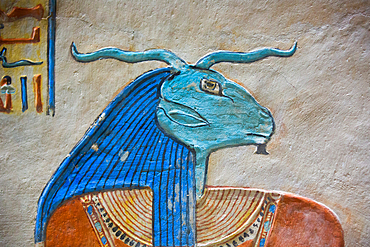
Image of God Khnum, Bas Relief, Tomb of Prince Amenherkhepshef (Amenkopshef), QV55, Valley of the Queens, Ancient Thebes, UNESCO World Heritage Site, Luxor, Egypt, North Africa, Africa
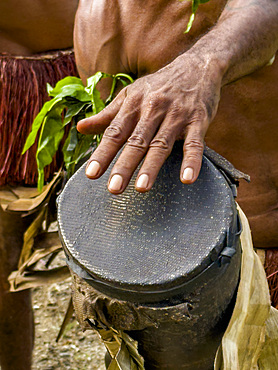
Six different groups of native warriors, drummers, and dancers perform on Kwato Island, Papua New Guinea, Pacific
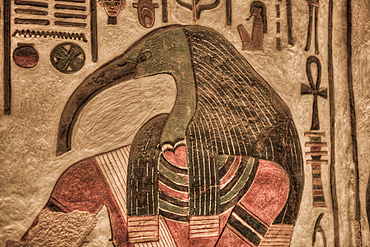
Image of God Thoth, Paintings and Relief, Tomb of Nefertari, QV66, Valley of the Queens, Ancient Thebes, UNESCO World Heritage Site, Luxor, Egypt, North Africa, Africa
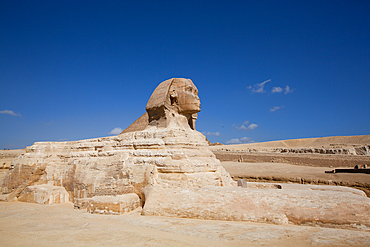
Great Sphinx of Giza, Giza Pyramid Complex, UNESCO World Heritage Site, Giza, Egypt, North Africa, Africa
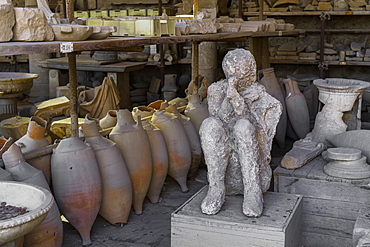
Human plaster cast of a body in the forum market, dead in the 79 AD Vesuvius volcanic eruption, Pompeii, UNESCO World Heritage Site, Campania, Italy, Europe
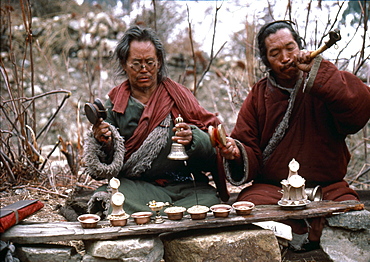
Nepal. Sonam & boom praying at charnel grounds. Humla. Vajrayana is tantric mahasiddha, lives fearlessly in terrifying places like remote jungles charnel grounds. nyingma lamas perform ritual at cremation grounds. lama rattles damaru, a small ritual drum to have origins in - shamanism. damaru, used as a tantric device to summon gods ward evil spirits, once made from human skull bones dried human skin as a reminder of impermanence of body. other lama, boom blows a kangling, a human thigh-bone horn. kangling is used in exorcism is capable of gods demons. Traditionally, best bones a kangling come from brahmans, particularly sixteen-year- brahman girls-or from tigers
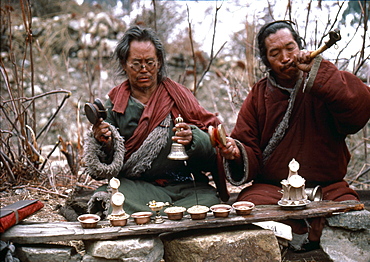
Nepal. Ritual, sonam/boom. Lobsangs cremation. Humla. traveler reached of journey! In freedom of infinite he is free from sorrow, fetters that bound thrown away, burning fever of life is no more,oesays dharmapada. Lobsang having spent whole life preparing moment of death, finds liberation on february 14, 1986. Extensive ritual follows cremation-traditionally a forty nine period, sonam lama rattles damaru. A small ritual drum to have origin in - shamanism. damaru, used as a tantric device to summon gods ward evil spirits, once made from human skull bone dreid human skin as a reminder of impermanence of body. Boom lama blows a kangling, a human thigh-bone horn. kangling is used in exorcism is capable of gods demons. Traditionally, best bones a kangling come from brahmans, particularly sixteen-year- brahman girls-or from tigers. On makeshift altar rest chhome, votive lamps filled with butter, cups of water, grains, tormas, holy food made of barley meal decorated with medallions of butter offered to gods. Alone, boom lama continues prayers of deceased
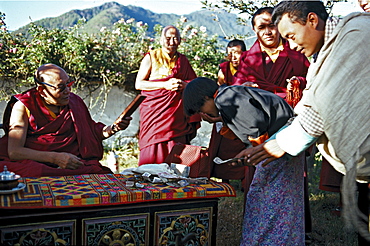
Trulshig rinpoche, blesses. Tulshig rinpoche blesses. Tulshig rimpoche s followers believe that he, like many other lamas, reassumes a human body after death in order to return to disciples. previous incarnation of tulshig rimpoche spent several years at dzarongpu monastery (highest monastery in world located at 16,500’ within sight of northern side of mt everest) served as of ngawong tenzin teachers. He promised to return in next life, so at tulshig s death ngawong tenzin norbu sought found reincarnation. current tulshig rimpoche then came to monastery studied with ngawong tenzin norbu. relationship between teacher student, in which a teacher returns to study from former student, maintains lineage over generations. Bhutan
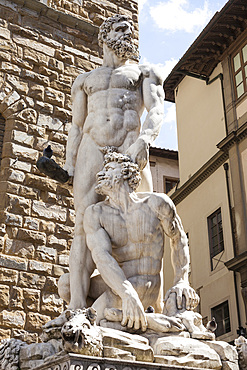
Hercules and Cacus statue by Baccio Bandinelli, Palazzo Vecchio, Piazza Della Signoria, Florence, Tuscany, Italy
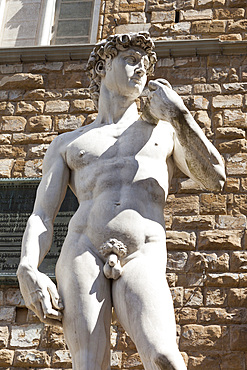
Replica of Michelangelo,??s statue of David outside Palazzo Vecchio, Piazza Della Signoria, Florence, Tuscany, Italy
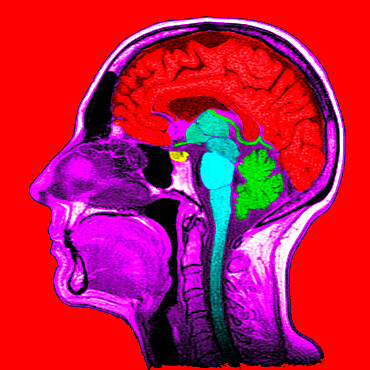
Sagittal section. 1. Brain. 2. Corpus callosum. 3. Septum lucidum. 4. Thalamus. 5. Mamillary body. 6.Mesencephalon. 7. Pons. 8. Medulla oblongata. 9. Spinal cord. 10. Cerbellum. 11. Frontal sinus. 12. Ethmoid cells. 13. Concha. 14. Sphenoida
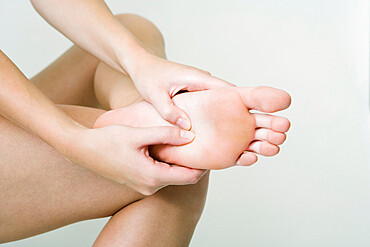
The Do In is an automassage technique of chinese origin, then imported in Japan. This technique is based on the pressure of certains points (acupressure) aiming at correcting body disorders. Knead the arch of the foot with the thumb. Aim : relieve foot rheumatisms.

Sagittal section. 1. Brain. 2. Corpus callosum. 3. Septum lucidum. 4. Thalamus. 5. Mamillary body. 6.Mesencephalon. 7. Pons. 8. Medulla oblongata. 9. Spinal cord. 10. Cerbellum. 11. Frontal sinus. 12. Ethmoid cells. 13. Concha. 14. Sphenoida
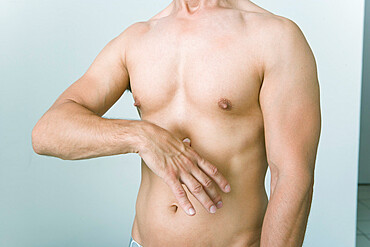
The Do In is an automassage technique of chinese origin, then imported in Japan. This technique is based on the pressure of certains points (acupressure) aiming at correcting body disorders. Massage the point Conception vessel 14. Aim : relieve anxiety and anguish.
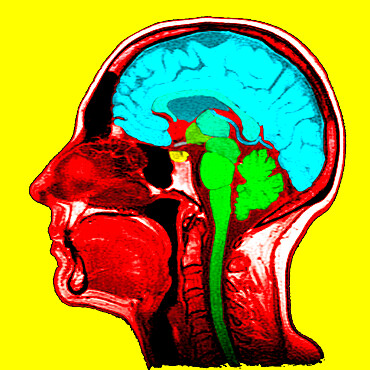
Sagittal section. 1. Brain. 2. Corpus callosum. 3. Septum lucidum. 4. Thalamus. 5. Mamillary body. 6.Mesencephalon. 7. Pons. 8. Medulla oblongata. 9. Spinal cord. 10. Cerbellum. 11. Frontal sinus. 12. Ethmoid cells. 13. Concha. 14. Sphenoida
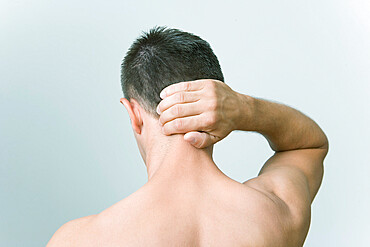
The Do In is an automassage technique of chinese origin, then imported in Japan. This technique is based on the pressure of certains points (acupressure) aiming at correcting body disorders. Pinch the nape going down. Aim : relieve torticolis.
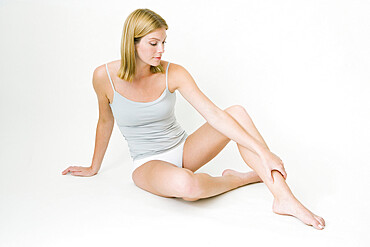
The Do In is an automassage technique of chinese origin, then imported in Japan. This technique is based on the pressure of certains points (acupressure) aiming at correcting body disorders
